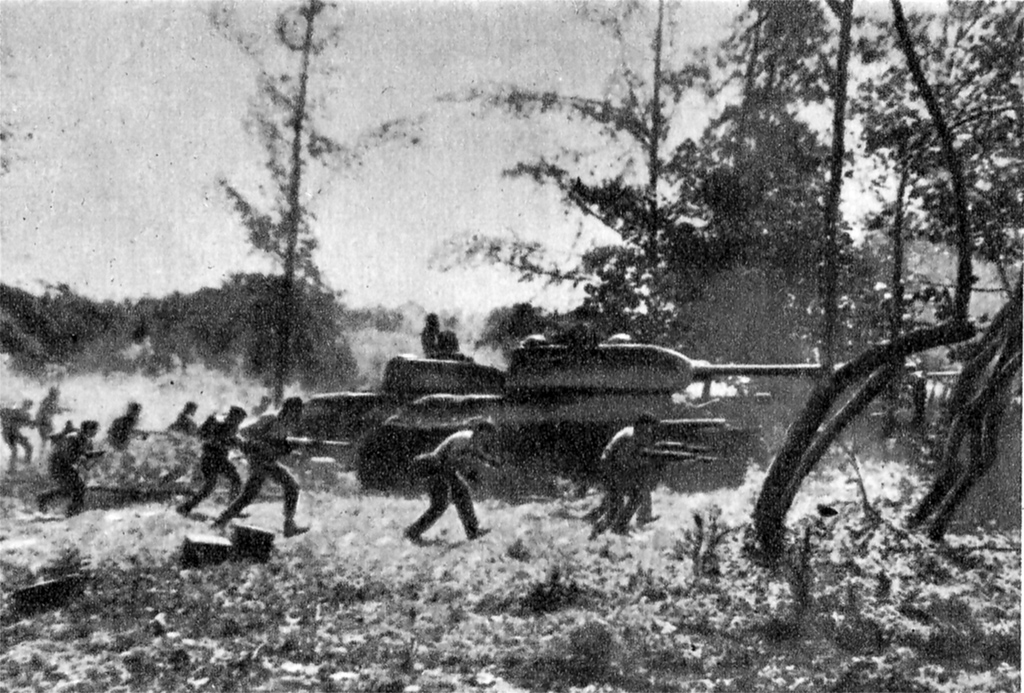Before dawn on April 17, 1961, a courageous force of 1,400 Cuban exiles, known as Brigade 2506, trained and armed by the CIA, landed at Cuba’s Bahía de Cochinos (Bay of Pigs). Their mission, to overthrow Fidel Castro’s communist regime, was a bold and daring one. Despite the odds, they embarked on this operation, which unfortunately collapsed within three days under relentless Cuban counterattacks, becoming a defining moment in the agency’s historical record.
Multiple miscalculations doomed the invasion. The CIA had assumed the landing would spark a popular uprising, but most Cubans remained loyal to Castro. Critical U.S. air support was canceled at the last minute, leaving the exiles exposed. Cuban forces tipped off about the invasion and mobilized 20,000 troops with Soviet tanks. By April 20, the invaders were killed, captured, or fleeing into swamps.
The failed invasion operation, while a setback, provided valuable lessons in military planning and Cold War risks. It increased Castro’s power in Cuba and pushed him towards the Soviet Union, setting the stage for the 1962 Cuban Missile Crisis. President Kennedy’s acknowledgment of the operation as an enormous mistake established the importance of understanding and respecting enemy strength in covert operations.
The Bay of Pigs is a vital case study in military planning and Cold War risks for modern scholars. The invasion is a permanent traumatic possibility for Cuban exiles, while Castro’s regime sees it as a defining narrative of revolutionary success. The events at the Bay of Pigs continue to provide insights into the consequences of inadequate intelligence assessments and flawed geopolitical judgments, shaping modern international relations.

